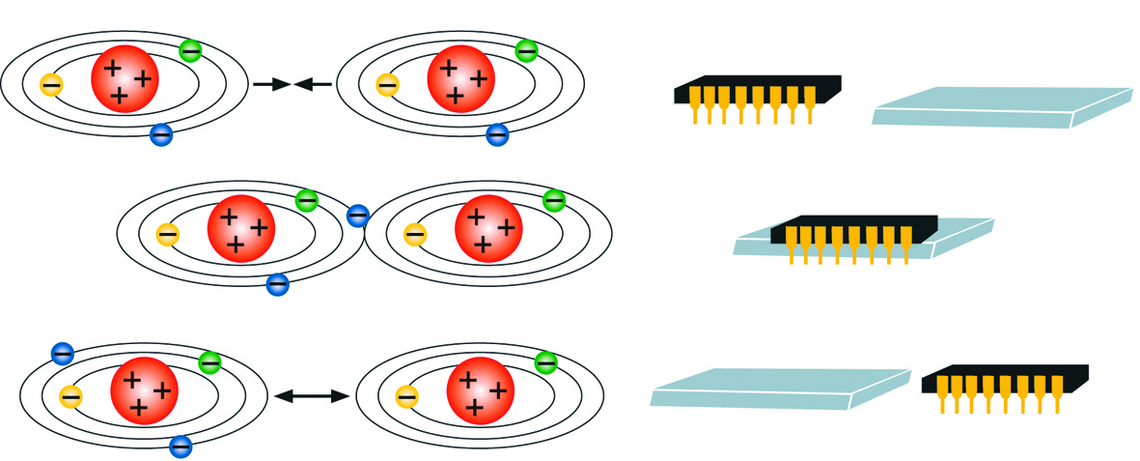ESD
PROPERTIES - ESD

Avoiding ESD means understanding ESD.
Highest quality and reliability are indispensable in this area. Accordingly, we use our expertise in the field of ESD to avoid the dangerous eff ects of ESD, such as damage to electronic components in production.
We are continuously expanding our range of ESD safety footwear and are constantly addressing the following situations:
• What actually happens in the production of highly sensitive components?
• Which static charges of the employees are still present despite extensive ESD measures?
• Monitoring of employees in the workplace, measured in Volt.
The right solution for every ESD industry
Electronics / Semiconductor

Pharmacy
 Laboratories
Laboratories
Shoes are classed as ESD shoes when the on-state resistance value of the system person-shoe-floor is below 3,5 x 107 resp. 35 MOhm according to EN 61340-5-1 (verification).
The qualification of the shoes is made depending on the climate classifications 1 (15% relative humidity), 2 (25% relative humidi- ty) and 3 (50% relative humidity) according to EN 61340-4-3 < 108 Ohm.
Attention should be paid to the different procedures of both of the test methods: EN 61340-4-3 metal balls in the shoe on a metal plate; EN 61340-5-1 human being in the shoes on a metal plate or the floor used.
Shoes used for primary grounding in ESD protection must be selected in combination with the floor covering to be used so that the combined resistance to ground (Rg) is in the range required. (Please, refer to the information leaflet in the carton.)

FACTORS INFLUENCING THE ELECTROSTATIC CHARGE AND DISCHARGE
- Climatic conditions (humidity, temperature)
- Soiling of the floor
- Speed of separation of parts
- Nature of material
- Nature of the surface
- Electrical resistance of the surface
- Material and construction of the shoe
The above mentioned influences are affecting more or less the ESD properties of ESD shoes. The level of charge generated is highly influenced by atmospheric humidity (% RH) and temperture.
According to the ESD DIN EN 61340 standards, the ESD coordinator in the company must take into account both best and worse climatic conditions, for instance minimum temperature with minimum relative humidity or maximum termperature with maximum relative humidity, in order to test if the parameters of ESD protection are continuously in line with the standards.
TECHNICAL INFORMATION
When setting up an "EPA area", the following question should always be asked:
How many volts can the device withstand?
Because it requires only approximately:
- 3000 Volt, to let a person have a disagreeable sensation
- 100 Volt, to delete information from a magnetic data medium
- 50 Volt, to generate sparks which can inflame explosive gases
- 30 Volt, to damage electrical components
- 5 Volt, to damage highly sensitive hard-disc reading heads during production.
In many cases discharges cause "latent damage" that manifest as defect or trouble only after a certain period of time or under specific circumstances.
For the daily function testing of the shoes, the use of test stations has been established. There the resistance of person and shoe is measured. Attention should be paid to the separate measuring to the feet.

The electrical resistance to the ground is highly affected by the prevailing climate.
